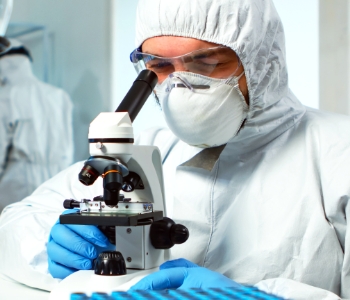Safe drinking water is essential for human health. It is important to understand the different types of water quality testing and why they are necessary. Water quality testing can help identify potential problems with your water supply and make sure that it is safe to drink. Total coliform bacteria are a common marker for fecal contamination, which can make water unsafe to drink. You can also contact Cultivator Phyto Lab for the high quality water purification testing in Canada.

Keeping water clean and safe to drink is a complex process involving many different aspects, from the quality of the water itself to how it’s delivered and stored. Here are some key factors:
1. The quality of the water itself: Safe drinking water must be free of harmful bacteria, chemicals, and pollutants. To test for these contaminants, water utilities typically use tests like the US Environmental Protection Agency’s (EPA) National Water Quality Assessment (NAWQA) or the World Health Organization’s (WHO) Drinking-Water Guidelines.
2. How the water is delivered: Safe drinking water must be delivered in a clean and reliable manner. This means that pipes, treatment plants, and distribution systems must be properly maintained to prevent contamination. In some cases, this may require installation of special filters or barriers to protect against contamination from outside sources like pesticides or industrial waste runoff.
3. Storage and distribution: Safe drinking water also needs to be stored in a clean and accessible location until it reaches consumers. This can be challenging in areas with harsh climates or limited access to infrastructure. In some cases, utilities may have to store water in underground reservoirs or tanks that can stay fresh for several months without being exposed to air or light .